Tucked away in the heart of Cusco, the Planetarium offers a unique opportunity to uncover the profound relationship between the Inca civilization and the cosmos. Through immersive night tours, visitors can dive into the intricate world of Inca astrology, where ancient celestial wisdom comes to life. Led by experienced bilingual guides, these intimate groups of 13 or fewer explore the connections between celestial movements and Inca agricultural practices, gaining a deeper understanding of the cosmological beliefs that shaped their understanding of the natural world. But the journey has only just begun, as the Planetarium’s advanced astronomy equipment unlocks a captivating window into the Inca’s celestial observations and the role of sky readers in their society.
Key Points
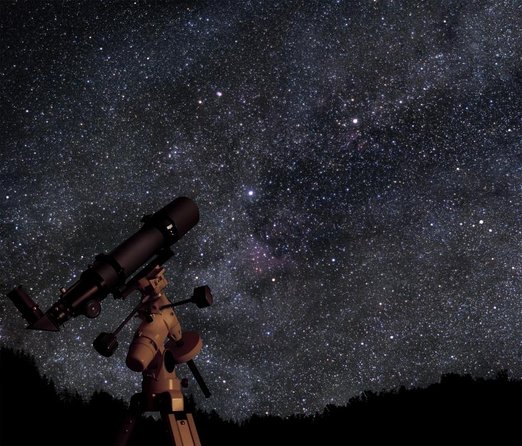
-
The Planetarium of Cusco offers an immersive experience that showcases the Inca’s sophisticated understanding of astronomy and its connection to their religious and agricultural practices.
-
Knowledgeable guides provide educational context on the Inca cosmology, which viewed the cosmos as a living, interconnected entity with three realms: upper, middle, and underworld.
-
Night tours at the planetarium utilize advanced astronomy equipment to enhance the understanding of the Inca sky calendar, which synchronized agricultural activities with celestial movements.
-
Visitors can explore the Inca’s astrological traditions, which were deeply rooted in their meticulous observations of the sun, moon, and stars, and shaped their decision-making processes.
-
The planetarium experience provides insight into the crucial role of Inca sky readers, known as Amautas, who served as respected astronomers and astrologers, guiding agricultural and ritual practices.
Uncovering the Significance of Inca Astronomy

The night sky held profound significance for the Inca civilization, serving as a vital tool for tracking the rhythms of the seasons and the celestial movements that guided their agricultural and religious practices.
Inca astronomers closely observed the stars, moon, and sun, developing a sophisticated understanding of their patterns and cycles. They used this knowledge to create calendars, establish planting and harvesting schedules, and time important festivals and rituals.
The Incas also imbued celestial bodies with spiritual meaning, believing they were the manifestation of divine forces.
Exploring this rich Inca cosmology provides insight into their deep connection to the natural world and the importance of astrology in their sophisticated society.
You can also read our reviews of more tours and experiences in Cusco.
Exploring the Planetarium of Cusco
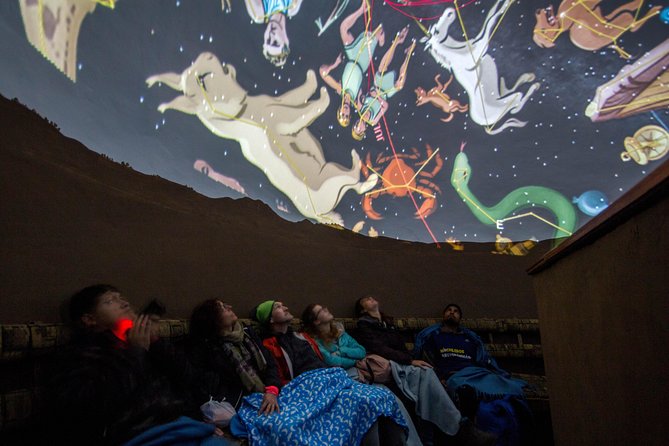
At the heart of Cusco, the Planetarium offers visitors a captivating window into the Inca’s profound understanding of the cosmos.
During the night tour, guests explore Incan astrology and cosmology through cutting-edge astronomy equipment and the guidance of a professional bilingual guide. The experience delves into the significance of reading the skies, a practice deeply rooted in the Inca’s cultural heritage.
With a maximum of 13 travelers per tour, the intimate setting allows for personal engagement and a deeper appreciation of this ancient astronomical knowledge.
Whether you’re an astronomy enthusiast or simply curious about the Inca’s celestial perspectives, the Planetarium of Cusco promises an immersive and enlightening journey into the wonders of the night sky.
Understanding Inca Cosmological Beliefs
Inca cosmological beliefs were deeply intertwined with their understanding of the celestial realm. They viewed the cosmos as a living, interconnected entity, with the sun, moon, and stars playing crucial roles in their daily lives and rituals.
The Incas believed that the sky was divided into three realms: the upper world, the middle world, and the underworld, each with its own deities and significance.
Reading the skies was integral to their decision-making, agricultural practices, and religious ceremonies. This deep connection to the heavens is evident in the Planetarium of Cusco, where visitors can explore the Inca’s sophisticated astronomical knowledge and cosmological worldview.
Deciphering the Inca Sky Calendar
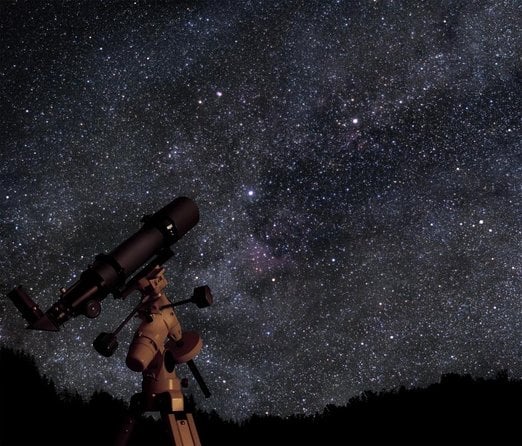
Deciphering the Inca sky calendar, a complex system that underpinned their sophisticated understanding of celestial movements, reveals the depth of their astronomical knowledge.
Through careful observation of the stars, the Incas developed a calendar that synchronized their agricultural practices with the rhythms of the heavens.
By tracking the position of the sun, moon, and constellations, they could accurately predict the changing seasons and plan their planting and harvesting accordingly.
This deep connection between the celestial and terrestrial realms lies at the heart of Inca cosmology, a testament to their rich cultural heritage and enduring legacy.
Stargazing and Inca Astrology
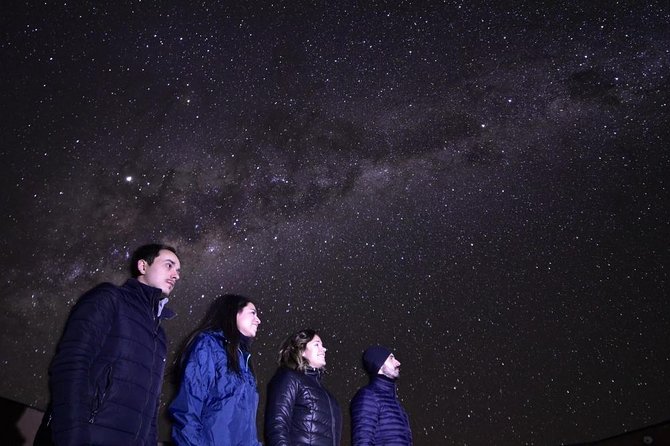
The planetarium in Cusco offers a captivating journey into the realm of Inca astrology, inviting visitors to gaze upon the night sky and uncover the profound celestial insights that shaped the Inca worldview.
During the night tour, guests learn about the significance of reading the skies to the Inca ancestors, who meticulously observed the heavens to inform their agricultural cycles, religious practices, and understanding of the universe.
Equipped with astronomy instruments, the knowledgeable bilingual guide leads the small group in exploring the Inca cosmology, revealing how these ancient stargazers interpreted the celestial patterns to cultivate their unique astrological traditions.
Insights Into Inca Celestial Observations
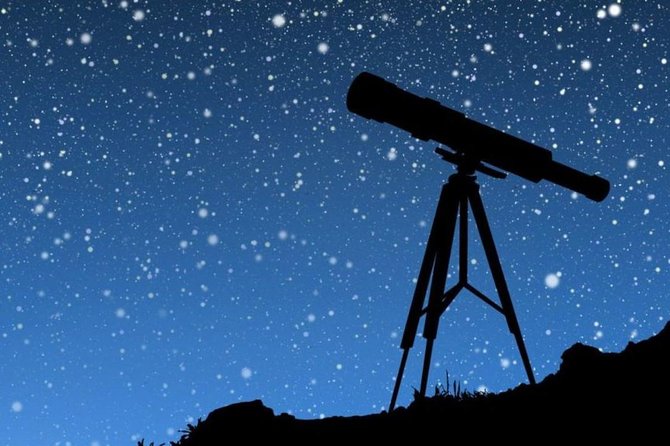
At the heart of Inca astrology lies a profound understanding of the celestial realm, meticulously observed and interpreted by the ancient stargazers.
The Incas studied the movements of the sun, moon, and stars, using this knowledge to inform their agricultural practices, religious ceremonies, and even their architectural designs.
They tracked the solstices and equinoxes, mapping the celestial cycles to predict seasonal changes and ensure the successful cultivation of crops.
The Role of Inca Sky Readers
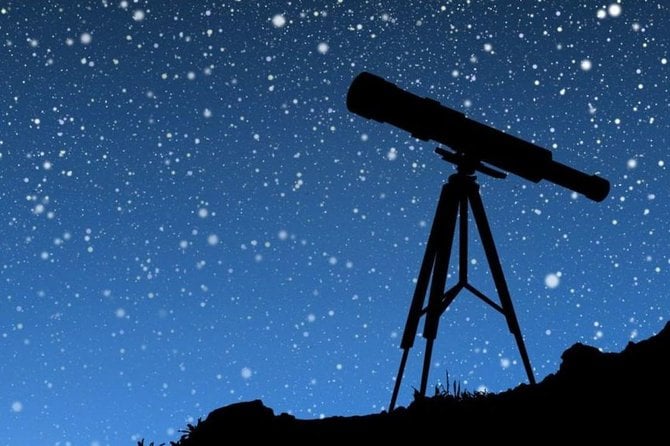
How did the Inca sky readers play a crucial role in their ancient society? The Inca sky readers, or amautas, were highly respected astronomers and astrologers who held immense influence. They closely observed the movements of celestial bodies, using this knowledge to determine auspicious times for planting, harvesting, and other important events. Their insights into the cosmos were integral to the Inca calendar and timekeeping system.
| Role | Responsibility | Significance |
|---|---|---|
| Celestial Observers | Tracking stars, planets, and celestial phenomena | Predicting seasonal changes and natural events |
| Ritual Specialists | Performing rituals and ceremonies related to the sky | Maintaining harmony with the divine celestial realm |
| Advisors to Rulers | Providing guidance on important decisions | Ensuring the prosperity and well-being of the Inca empire |
| Educators | Passing down astronomical knowledge to future generations | Preserving the Inca’s sophisticated understanding of the heavens |
Taking in Inca Astronomical Knowledge
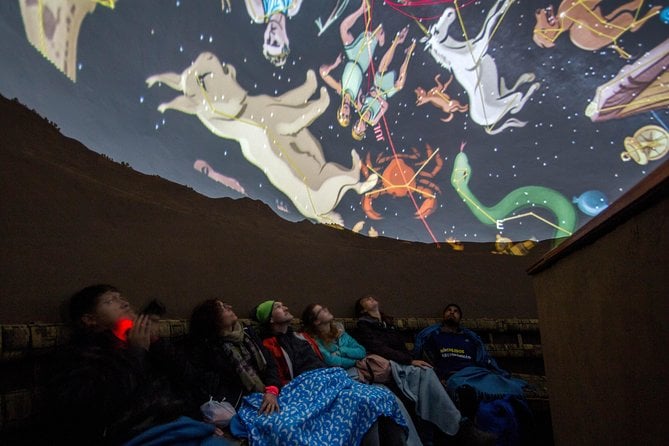
Visitors to the Planetarium of Cusco can enjoy the sophisticated astronomical knowledge of the Inca civilization.
During the night tour, guests learn how the Incas used the skies to track celestial events, seasons, and time. They’ll explore the significance of reading the stars and moon, which were integral to the Incas’ agricultural and religious practices.
With the help of professional bilingual guides and astronomy equipment, travelers gain a deeper understanding of Inca cosmology and astrology.
This unique experience offers a rare glimpse into the Incas’ advanced understanding of the heavens and their profound connection to the natural world.
Frequently Asked Questions
Can I Bring My Own Telescope or Binoculars?
According to the details provided, participants cannot bring their own telescopes or binoculars. The tour includes use of astronomy equipment, indicating personal equipment is not necessary or allowed. The experience is designed to be self-contained for the group.
Is There an Age Limit for the Tour?
The tour does not have a specific age limit, but it may not be suitable for very young children. The experience is designed for all ages, with the guide tailoring the content to accommodate different levels of knowledge and interest.
Can I Take Photographs During the Tour?
Guests are generally allowed to take photographs during the tour, though they may be asked to avoid using flash or bright lights that could interfere with the stargazing experience. Check with the tour operator for any specific photography guidelines.
What Should I Bring for the Night Tour?
For the night tour, visitors should bring a warm jacket, comfortable walking shoes, and a flashlight or headlamp. The tour provides astronomy equipment, so no personal gear is necessary.
Is the Tour Available in Other Languages?
The tour is available in multiple languages, including English and Spanish. Travelers can check with the tour operator for language options when booking the experience.
Recap
Visiting the Planetarium of Cusco offers a unique opportunity to explore the rich celestial knowledge of the Inca civilization. Through interactive night tours, travelers can unravel the profound connections between the Inca’s understanding of the cosmos and their agricultural practices, gaining a deeper appreciation for their cosmological beliefs. By exploring the intricate Inca sky calendar and observing the night sky, visitors can enjoy the ancient astronomical wisdom that shaped the Inca’s worldview.
More Tour Reviews in Cusco
- From Cusco: Uros Excursion to Uros Island – Taquile + Lunch.
- Adventure 13D in Peru and Bolivia – Machu Picchu |Hotel☆☆☆☆|
- Cusco, Sacred Valley, Machupicchu, Rainbow Mountain in 6 Day
- From Cusco: Ausangate Trek + Rainbow Mountain 6d/5n
- From Cusco: Machu Picchu Fantastic 4D/3N + Hotel ☆☆
- The New Inca Routes
Not for you? Here's more things to do in Cusco we have recnetly reviewed
- 2 Best Canoe And Kayak Experiences In Cusco
- 2 Best Tours In Paucartambo
- 20 Best 2 Day Tours In Cusco
- 20 Best 3 Day Tours In Cusco
- 20 Best 4 Day Tours In Cusco
- 9 Best Dining Experiences In Cusco
- 20 Best Full-Day Tours In Cusco
- 4 Best Coffee Tours And Tastings In Cusco
- 9 Best Massage And Relaxation Services In Cusco
- 8 Best Dinner Tours In Cusco
- 25 Best Lunch Experiences In Cusco
- 19 Best Food Tours In Cusco
